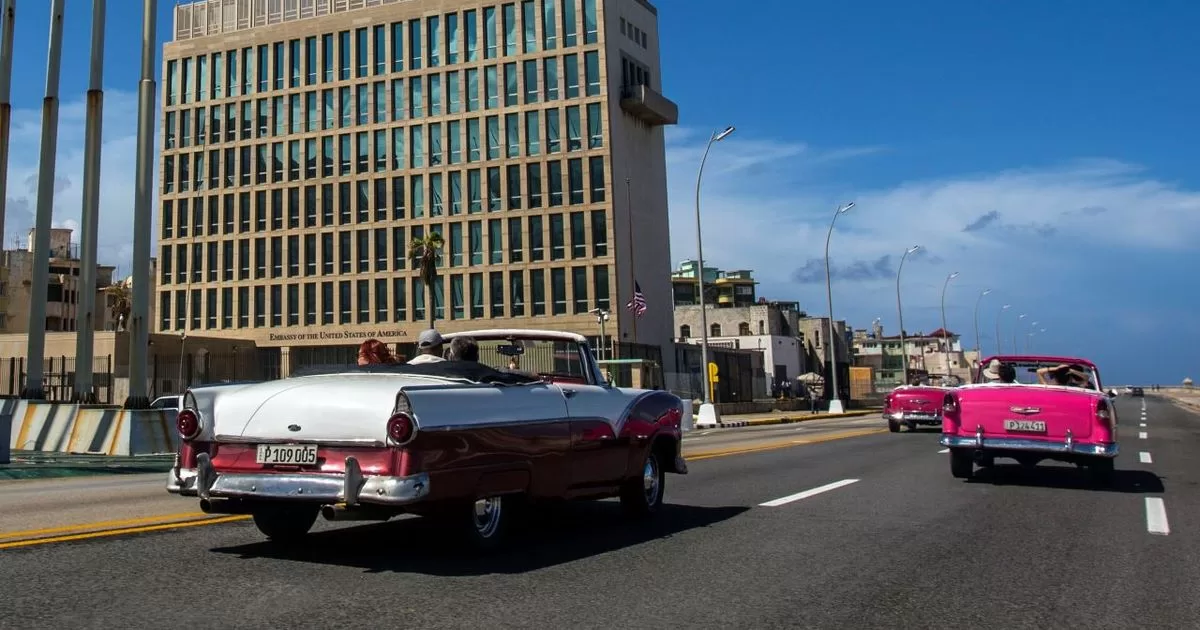Formula 1 has been, for decades, the most consecrated category of world motorsport. Between great names of the past and a new generation of pilots, it is also going through a moment of peak, with a renewal of interest and younger audiences following the sport, which ends up bringing with it the search for other modalities. Formula E, which debuts its Brazilian stage in March, is one of the main ones.
Here, it’s not just about the presence of Brazilian drivers, including Formula 1 veterans, or the fact that the races are broadcast live on the internet and television, which increases accessibility. We also have a Formula E that is highly competitive, albeit in different ways, and also a sport geared towards a future without carbon emissions and with greater concern for the environment.
FE, by no means, intends to replace Formula 1. But it is also one of the categories that most invests in the participation of fans, who even had an active participation in the races, and also the one that presents new talents. Nyck de Vries, now a Williams driver in Formula 1, arrived in the biggest motorsport circus after two seasons in electric racing.
With all this in mind, the Canaltech lists 4 differences between Formula E and Formula 1 that you might not know.
4. Electric on one side, hybrid on the other
The car’s power unit, of course, is the main point that differentiates the two sports. Formula 1 uses hybrid engines, which take advantage of thermal and kinetic energy, as well as recovery systems, to increase the performance provided by combustion, in addition to reducing carbon production. The category also has a goal of zeroing its emissions by 2030, both through technological developments and other initiatives.
Formula E, on the other hand, was born as a category focused on the environment and, as such, is zero carbon. Its engines are fully electric, while other elements that can cause emissions, such as travel to different host countries, moving equipment and other structures, have their footprint offset by the race itself and other sustainability initiatives taken by teams and event organizers. .
The two categories also have very different rules regarding teams. While Formula 1 has different engine suppliers and leaves teams free to develop their cars, even within the regulations, all Formula E teams use the same chassis and power units. It is a way of equating everyone regardless of financial power and preventing extensive domains of some brands from existing, as happened in the last decades of F1 with names like Ferrari, Mercedes and Red Bull.
On the other hand, some norms are similar. In both categories there is no reloading or fueling, with the pilots having to manage the available volume or load from the beginning to the end of the race – Formula E, however, is studying to change that. The aforementioned braking energy recovery systems are also available on both, generating extra speed for the power units.
3. Focus on street circuits
This aspect talks directly with the previous one. As an electric car race, Formula E is run almost entirely on urban tracks. In Brazil, for example, the race takes place at the Anhembi Sambódromo and, while the traditional Interlagos Circuit will be occupied in 2023 by the Lollapalooza festival, the characteristics of the modality would not allow it to be played there even if it were available — at least, not in its traditional layout.
That’s because street circuits talk directly to the energy recovery systems essential to the Gen3, as Formula E machines are called. Long straights and hard braking allow the power unit to be fed back, while tighter corners require the cars are more robust than the F1 single-seaters, since contact between drivers is inevitable.
The only exception to this rule appeared in the 2022/2023 Formula E season, with the Autodromo Hermanos Rodriguez, in Mexico, hosting a stage. Meanwhile, the modality shares some tracks with Formula 1, such as the classic urban track in Monaco or the Circuit de Valencia, in Spain, which is no longer part of the modality and appears with a different layout.
This aspect also allows Formula E to visit more countries. While Brazil is a staple on the international motorsport scene, but is only now receiving its stage, the electric car race also passes through or has already been in territories such as Argentina, Uruguay and Chile, in addition to Hong Kong, Switzerland and Indonesia, between others.
2. Additional speed

As a way to intensify disputes, both Formula 1 and Formula E adopt systems that guarantee extra performance for the cars, favoring overtaking on the straights. Both, however, do this in very different ways, with the first adopting the well-known DRS while the second has the so-called Attack Mode.
In the case of the larger category, the so-called Drag Reduction System (DRS) uses a movable rear wing that improves the aerodynamics of vehicles and adds from 10 km/h to 12 km/h in straight line speed . As for the Attack Mode, in direct translation, it gives an extra power of 25 kW to the pilots of electric cars.
Some rules limit the use of resources. In Formula 1, DRS is enabled from the third lap of races in dry weather, but can only be used in designated zones along the circuit. In addition, to be able to “open the wing”, drivers need to be less than a second away from the car in front.
Attack Mode, on the other hand, is loaded from an area of the circuit itself, in an open corner that is outside the ideal track, which creates an idea of risk and reward — a few seconds and even positions can be lost, with extra power coming as compensation. All drivers must use the system at least once each race, with the activation zone opening from the second lap onwards.
Until 2022, Formula E also had FanBoost, or “fan boost” in English, with five seconds of maximum power being awarded to the three most voted drivers in an online poll. Present since the first year of racing, however, the feature was removed from the sport to address complaints from drivers, who considered it unfair.
1. Pit stop
As with speed boosts, both categories also have pit stops. Here, however, it is curious to note that Formula E has not counted on interruptions since its inaugural season, with this aspect returning to the now ongoing competition as a way to give teams more strategic options and increase competitiveness.
A traditional element of F1, the pit stop is for changing tires and carrying out repairs to the car, such as changing a damaged front wing and other specific aerodynamic changes. With the exception of races in the rain, all drivers must stop at least once to change the type of compound used, while refueling is not allowed.
The return of pit stops in Formula E is still being tested by those responsible for the category and should be implemented later in the current season, at the race in Berlin, Germany. The idea, however, is to replace Attack Mode in the races where they are available, generating another risk and reward dynamic for drivers.
Instead of going through a line outside the ideal layout, competitors will have to stop for 30 seconds in the pits for a quick recharge, which can reach 4 kWh. The total is equivalent to the extra power granted by the Attack Mode and can be used at the discretion of the pilots, who will also be obliged to stop at least once per race.





